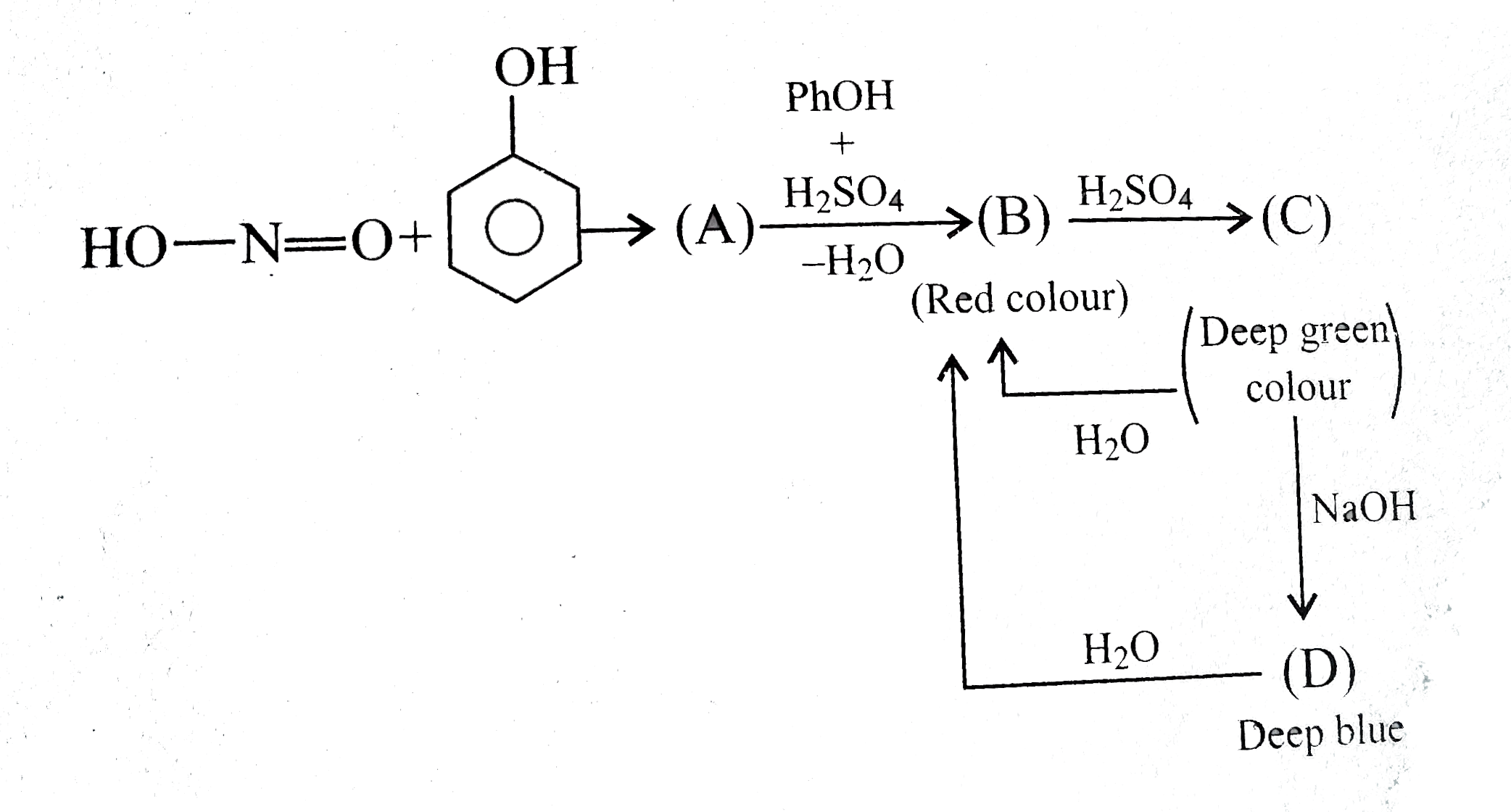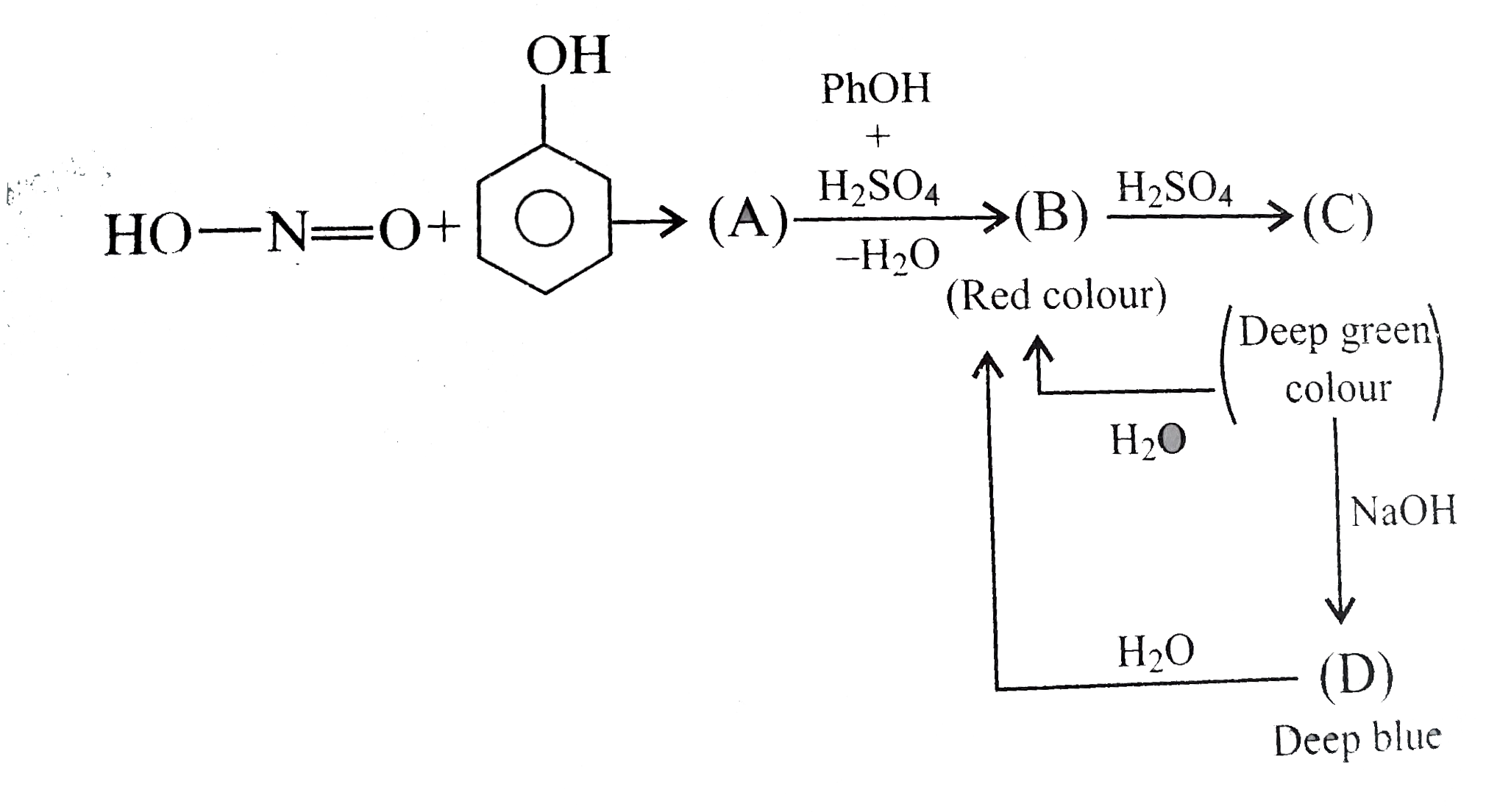Two species (A) and (B) exists in equilibrium at pH of about 4 and can be interconverted by changing the pH. Acidified solution of (B) is orange, and on adding H2O2 it forms deep blue colour due to the formation of compound (C ), this blue colour fades away gradually. Further acidified solution (B) on reaction with NaCl gives organge red fumes due to the formation of (D ) . Identify (A), (B) , (C) & (D).
Video Solution
Text Solution
2CrO2+2H+acid⇐===⇒alkali2HCrO−4Chormate (yellow)acid⇐===⇒alkaliCr2O2−7+2H2ODichromate ( oragne)(B)
Cr2O2−7(B)+2H++4H2O2→2CrO5+5H2O(C)blue colour
Blue colour fades away gradually due to decomposition of CrO5 into Cr3+ ions and oxygen. Acidified solution of :B+NaCl→CrO2Cl2 (Chromyl chloride ). (D) Orange red fumes.
|
Topper's Solved these Questions
Similar Questions
Knowledge Check
Acidified solution of chromic acid on treatment with H2O2 gives blue colour which is due to
ACrO3+H2O+O2BCrO5+H2OCH2Cr2O7+H2O+O2Dnone of theseIn Lassaigne's test for nitrogen the blue colour is due to the formation of
APotassium ferrocyanideBSodium cyanideCSodium ferrocyanideDFerriferrocyanideIn Lassaigne's test for nitrogen,the blue colour is due to the formation of
APotassium ferrocyanideBSodium cyanideCSodium ferrocyanideDFerri-ferrocyanide

The deep blue colour of compound (D) is due to the formation of:
View SolutionThe blue colour produced on adding H2O2 to acidified K2Cr2O7 is due to the formation of
View SolutionThe yellow colour solution of Na2CrO4 changes to orange red on passing CO2 gas due to the formation of :-
View Solution
The red colour of compound (B) is due to the formation of:
View SolutionIn the Borax bead test of Co2+, the blue colour of bead is due to the formation of :
View Solution

